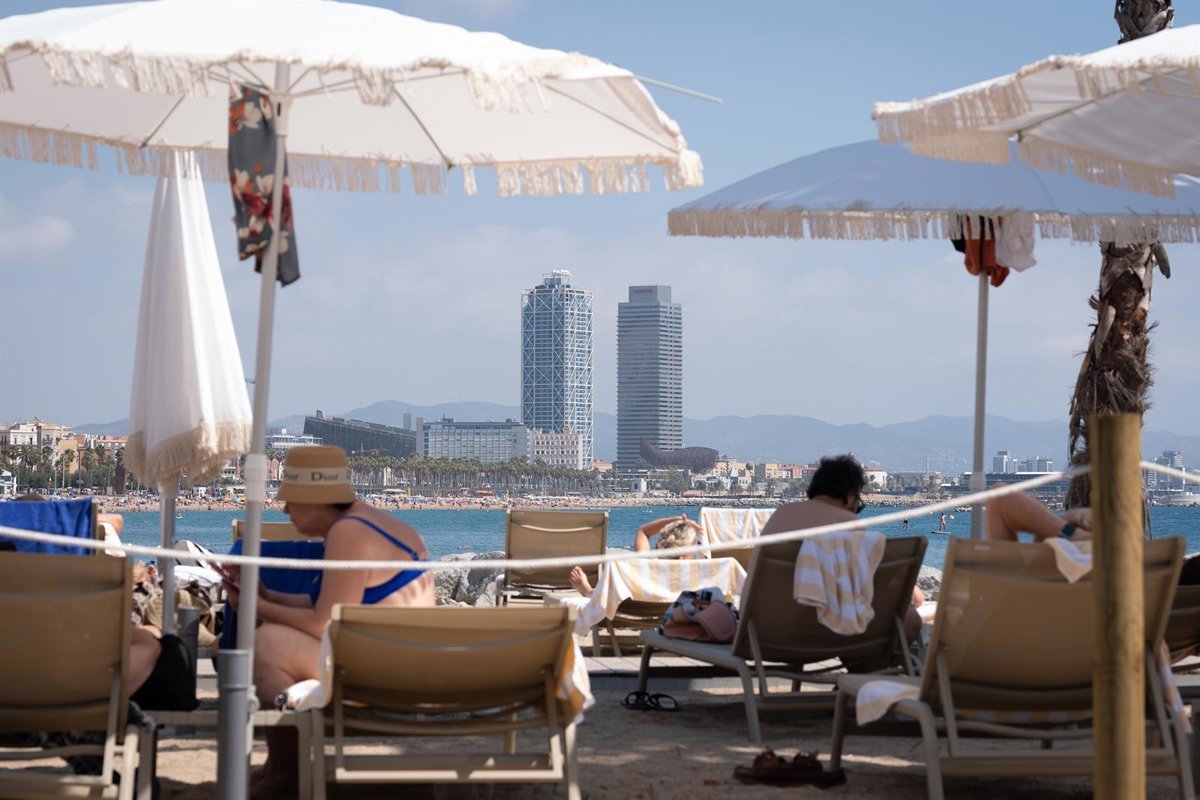There is a slight acceleration in 2026 with an increase of 3.2%
The research service of Caixabank predicts a 2.7% increase in Spain’s tourism GDP in 2025, higher than the overall economic growth (2.4%), but lower than the exceptional records after the pandemic, especially during 2022-2024, as reported in a statement.
This is the main conclusion of Caixabank’s sectorial research report, which states that this progress across all branches of the sector «is based on higher disposable income, reactivating European economies and tourism inflation, which, although considered, shows signs of moderation.»
The banking entity explains that during the first half of the year, tourism activity indicators continued to reach historical highs, reaching 13.1% of GDP in 2025, higher than the 12.6% recorded before the pandemic.
However, the uncertainty alert derived from the current geopolitical context, marked by armed conflicts and the tariff crisis, a scenario that, in their opinion, «could halt the recovery of the euro area and therefore limit the evolution of the tourism sector.»
In 2026, Caixabank’s research forecasts a slight acceleration of the Tourism GDP to an increase of 3.2%, driven by the improvement of economic prospects in the euro area, which «will strengthen the purchasing power of tourists, thus increasing the demand for trips to Spain.»
Tourism Expenses
In the restaurant sector, the report reveals that the year started at a good pace, although with some moderation compared to previous years.
According to Caixabank’s restaurant indicator research, total sector expenses increased by 6.4% year-on-year between January and May, largely driven by the dynamism of international tourism, whose expenses increased by 12.6%.
These data confirm the «high dependence» of the sector in terms of tourism: approximately 30% of units have a high dependence on tourism expenses, according to the entity’s estimates.
United States of America
Finally, the study analyzes North American tourism, which after years of expansion shows signs of slowdown due to factors such as the euro-dollar exchange rate, the deceleration of the US economy, and an increase in political and economic uncertainty, according to Caixabank.
According to their estimates, this loss of momentum could decrease by up to one percentage point by the 2025 tourism increase.
So far, the greatest slowdown is observed in rural areas and could affect non-coastal urban areas, where North American tourists account for around 15% of total tourism expenses.
Considering this scenario, the report highlights the need to «diversify issuing markets and has opted for long-haul destinations, such as the Middle East, Latin America, or Australia,» which have shown solid performance in recent years and could contribute to offsetting the decline in North American tourism.

